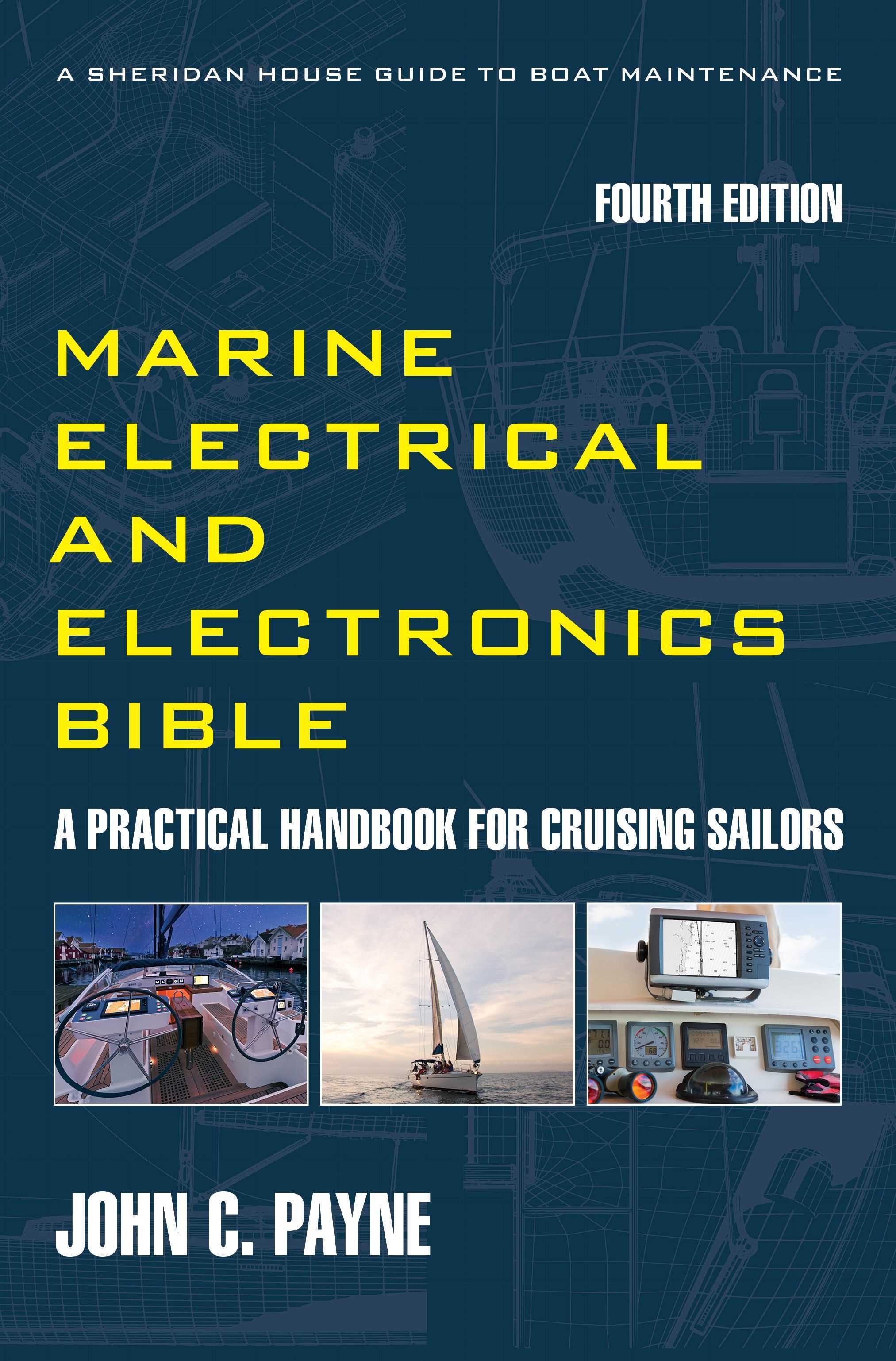About the Boat GPS System
The boat GPS system has become indispensable. So what is the boat GPS system about? The US Department of Defense (DOD) operates the NAVSTAR system. The system consists of 24 satellites that are placed in six polar orbits, so that at least four will always be visible above the horizon at any time. GPS position fixing involves the use of a mathematical principle called trilateration. The boat GPS receiver calculates a position from a number of satellites. This requires satellite ranging to measure the distance from the satellites, accurate time measurement, the location of all satellites, and correction factors for ionosphere conditions.
How does a Boat GPS System operate?
When the boat GPS system is powered up this initializes with the closest satellite and ephemeris or almanac data being downloaded into memory. A period of at least 15-20 minutes is often required to stabilize a precise and accurate position and verify the status of satellites, availability etc although it takes a much shorter period in general. After switching off a boat GPS, the last position is retained in memory. If your position remains within 50nm, prior to the next power up, a position will generally be available within approximately 3-5 minutes. The receiver monitors for data from other GPS satellites in view. After acquisition of data, it locks on to a satellite to commence the ranging process. Based on the data on positions and times the receiver calculates a position solution and displays this on the screen.
About the Boat GPS System
When GPS first appeared on boats the device was standalone and had a display with current position. Things have changed with the power of electronics and programming. Now most devices have integral GPS receivers rather than discrete units. For example my Raymarine Axiom 9 Plus Multi Function Displays have integral GPS receivers. My DSC VHF radio has an integral GPS receiver. The GPS data is used on the NMEA 2000 network to provide the information. My AIS unit has a dedicated GPS antenna. My handheld DSC VHF radio has an integral GPS receiver. One of the factors that affects all GPS is antenna location or visibility. Some devices such as an MFD or a below deck mounted VHF can suffer from intermittent fixes due to location, or shadowing or obstruction of satellite views. If you do suffer from outages or possible fix issues check out this factor and try and resolve. While many devices do have integrated GPS receivers I do have a handheld portable GPS unit that I keep in a tin box in my panic pack in case of a lightning strike or other event. But id you do this make sure you take it out monthly, check the battery power level and recharge if necessary, and operate it to verify it functions. You may never need it but maybe you will.
What is Differential GPS?
This system was developed by the U.S. Coast Guard to improve and enhance GPS accuracy levels from the nominal accuracy levels of 15 meters to about 1-3 cm. The system uses a number of fixed position land station that calculates theoretically correct distance and signal travel times between the station and each satellite and any errors, such as such as SA. The required error correction factors are then transmitted to all mobile GPS receivers in the area with beacon receivers, in particular marine GPS. This correction signal is applied to the position measurement solution of the GPS. Many factors come into play including space weather Part 1, and then look at space weather Part 2 and space weather Part 3 and more about space weather, and GPS interference issues. If you have GPS problems than it will be necessary to do some GPS troubleshooting. The Marine Electrical and Electronics Bible 4th Edition has a completely revised and updated chapter of GPS and the changes in systems technology. You can buy a copy of The Marine Electrical and Electronics Bible 4th Edition here. Also available through Amazon!
How accurate is a boat GPS?
The accuracy of boat GPS is important when the best fishing location of all time is to be returned to. The Precise Positioning Service (PPS) is primarily for military use and is derived from the Precise (P) code. The P code is transmitted on the L1 (1575.42MHz) and L2 (1227.60MHz) frequencies. PPS fixes are generally accurate within 16 meters spherical error. The Standard Positioning Service (SPS) is for civilian use and is derived from the Course and Acquisition (C/A) code. In general accuracy is within 9-10 feet (3 meters) 95% of the time. This can degrade in poor conditions to around 25 feet (8 meters). More great information from the Boat GPS System and fishing and boats.
